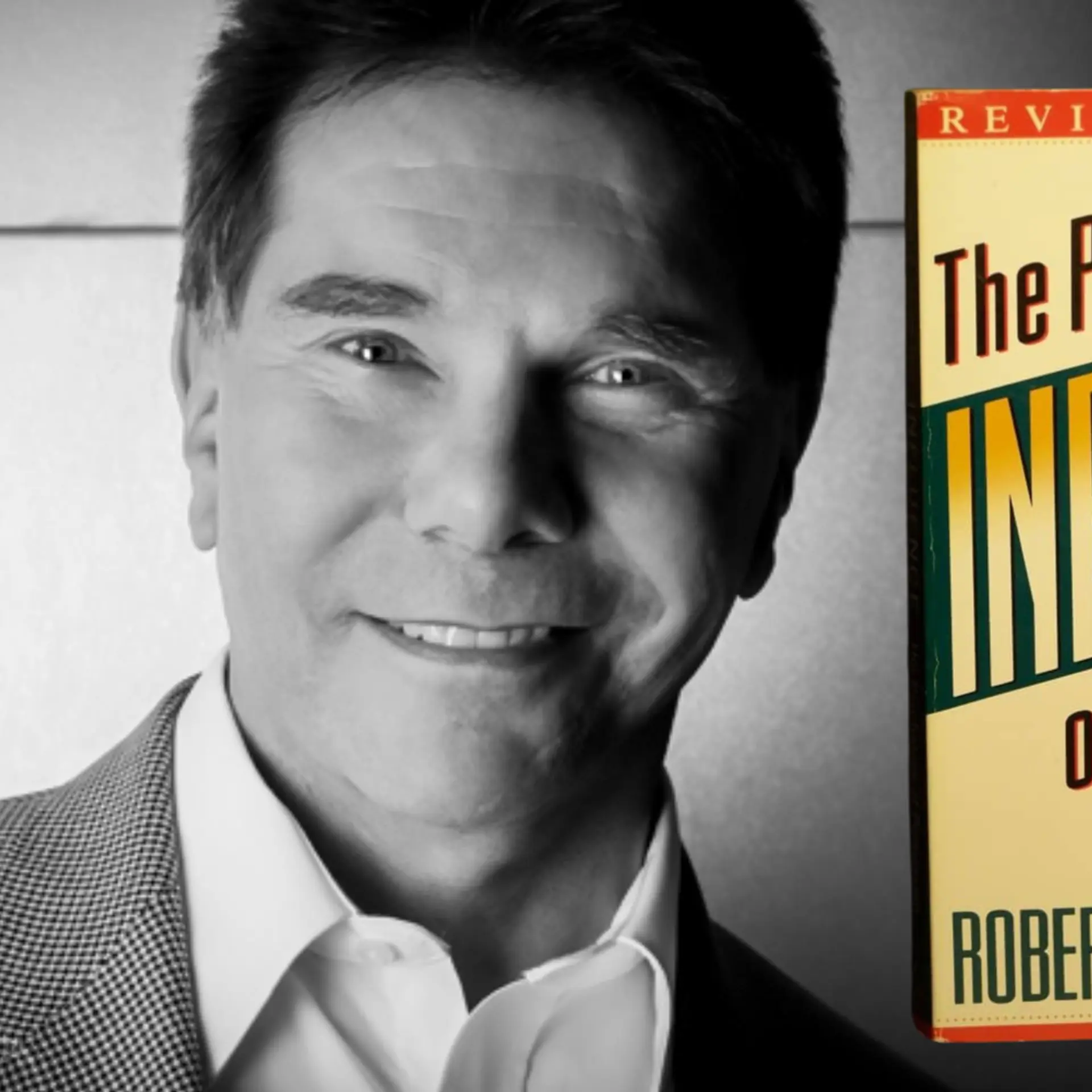[Good Governance] The government's responses are focused on the need to achieve economic growth
Vineeta Hariharan, National level Public Policy Expert, talks about her views on the efforts of the Government of India towards the emerging needs of COVID-affected sectors.
In this week's Good Governance feature, Social Story spoke to Vineeta Hariharan, Chief, Externally Aided Mission, Ministry of Micro Small and Medium Enterprises (MSME) about the initiatives that the Government of India has taken to offer relief to the poorer sections of society and reviving the MSME sector.
How have the last 365 days been for the Government of India? What have been the significant announcements that people should know?
As we all know, over the last two years, the Government of India has been battling between the conflicting demands of the pandemic-induced emergency and welfare responses while also keeping the sanctity of our macro-economic indicators.
The significant announcements have been the COVID-19 emergency response measures made in 2020 and in June 2021 known as the Aatmnirbhar package in which almost 10 percent of the GDP was allocated towards immediate fiscal responses. This included providing relief to the poor, infusing liquidity into the sectors that were severely impacted by the pandemic such as the MSME sector, facilitation of migrant housing, etc.

Vineeta Hariharan, Chief, Externally Aided Mission, Ministry of Micro Small and Medium Enterprises
This was followed by the second COVID-19 package last month which saw extensions of previous fiscal responses as well as new announcements. All of these responses have been well-calibrated keeping in view the need to achieve economic growth while also catering to the neediest and vulnerable.
Besides the responses to the affected sectors, the government has also been focusing on boosting the agriculture sector, providing support to farmers, bringing in the much-needed rationalisation of labour codes, and providing fillip to the food processing sector. There have also been transformations across the spectrum of development from infrastructure development, augmenting health facilities in rural and urban areas, promoting green growth, empowerment of women, providing for migrant labour housing amongst other welfare and growth measures.
How is the government planning to provide support to COVID-19 affected sectors such as MSMEs in the economic slowdown?
In the Emergency Credit Line Guarantee Scheme, almost Rs 3 lakh crore was allocated for the MSME sector towards weathering the lockdowns and closures of businesses. Out of this nearly Rs 2.1 lakh crore has been disbursed. Seeing the encouraging offtake in this, the government extended this window and increased the limit to Rs 4.5 lakh crore this fiscal.
As you are primarily a housing and urban expert and now a public policy and administration expert, what are your views on the various interventions of the government towards housing and urban development?
In the housing sector, this Government has given a huge thrust on the construction of housing for all. This is indeed a much-needed thrust on expediting the delivery of a roof over everyone’s head by 2022. While the thrust on this is well-appreciated, the government also needs to take cognisance of the large population living in slums, which is actually contributing to the housing shortage.
As otherwise there is a glut in the supply of MIG and HIG housing in the country. We need to tackle sums by upgrading them in situ and making them at par with the rest of the cities they live in. In urban development, the Smart City programme has brought in a paradigm shift in perspective and interventions in the urban growth story.
This has focused on retrofitting interventions in largely brownfield arenas, which is the need of the hour. However, more needs to be done to integrate livelihoods with city development and work towards local economic development.
Since you have also worked in the rural development sector, how would you view the efforts of this government towards achieving growth in rural areas?
I would definitely state with conviction that the emphasis on rural development has been reinforced and pushed forward aggressively by the current Government. In the last seven years, we have seen the rural sector leapfrog into an accelerated level due to the policy and programme thrust and implementation of this government.
There have been very robust and innovative programmes working towards the empowerment of the rural population such as Shyama Prasad Mukherjee Rurban Mission and a renewed MGNREGA bringing in empowerment to millions of rural people across the country. There have also been much-needed reforms in the farm laws which break the barriers between the farmers and the markets bringing in great enhancement in revenues and productivity of the farmers.
What are the challenges remaining and what more needs to be done to actually move towards the ideal growth and equitable development scenario?
We are still a country with a high GInI coefficient, inequitable development and abject levels of poverty and affluence coexisting. The Government of India, taking cognisance of this has designed and rolled out several programmes that work towards the welfare of the needy to bring them to liveable standards of development. It is now largely a responsibility of the state governments to implement these programmes at the last mile and ensure the outreach to the “last man standing in the queue”. Some of the pointed measures we need to take to ensure that the growth story is complete are,
⁃ Incentivise larger private investment and equity
⁃ ensure last-mile delivery of public programmes
⁃ Ensure Centre State coordination
⁃ Greater dissemination and outreach.
Edited by Diya Koshy George

![[Good Governance] The government's responses are focused on the need to achieve economic growth](https://images.yourstory.com/cs/5/f5a7f3304b1211e9b6645b8ae897d03e/Image27g7-1626189387994.jpg?mode=crop&crop=faces&ar=2%3A1&format=auto&w=1920&q=75)
![[Good Governance] Government, private, and social sectors need to work together to increase opportunities for women](https://images.yourstory.com/cs/4/8e7cc4102d6c11e9aa979329348d4c3e/NurtureWomenEntrepreneurs-01-1615292706057.png?fm=png&auto=format&h=100&w=100&crop=entropy&fit=crop)




